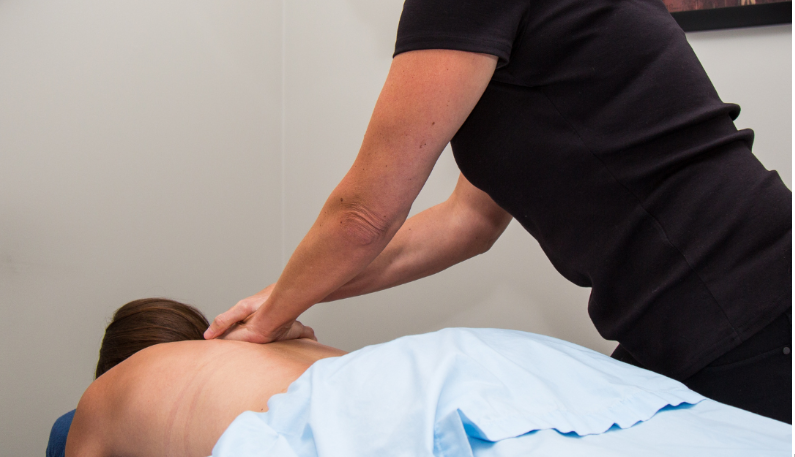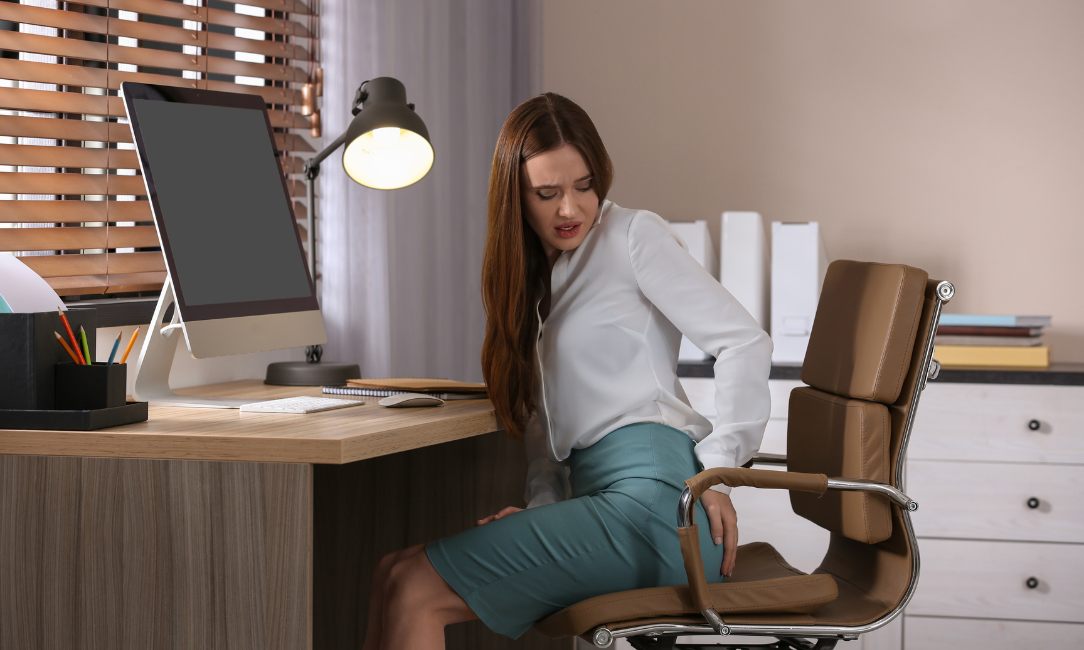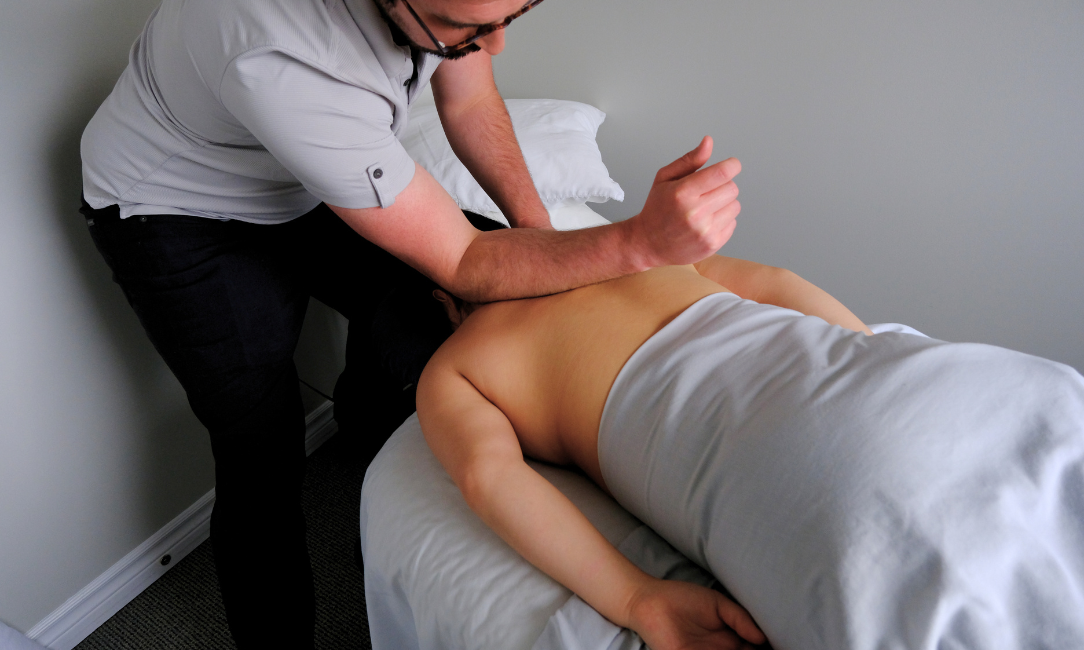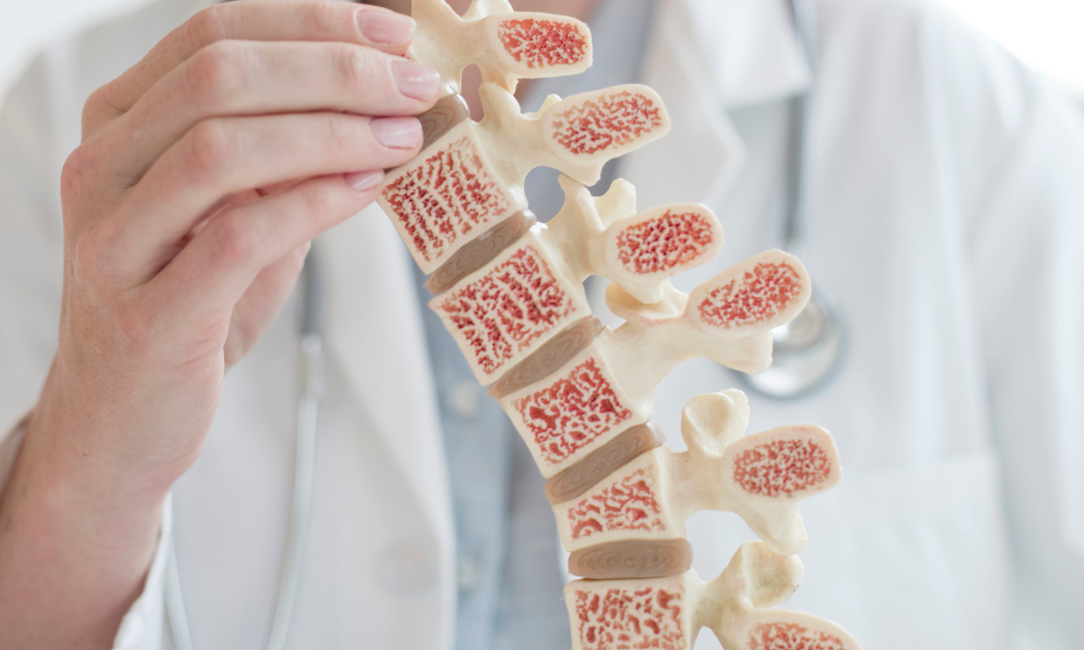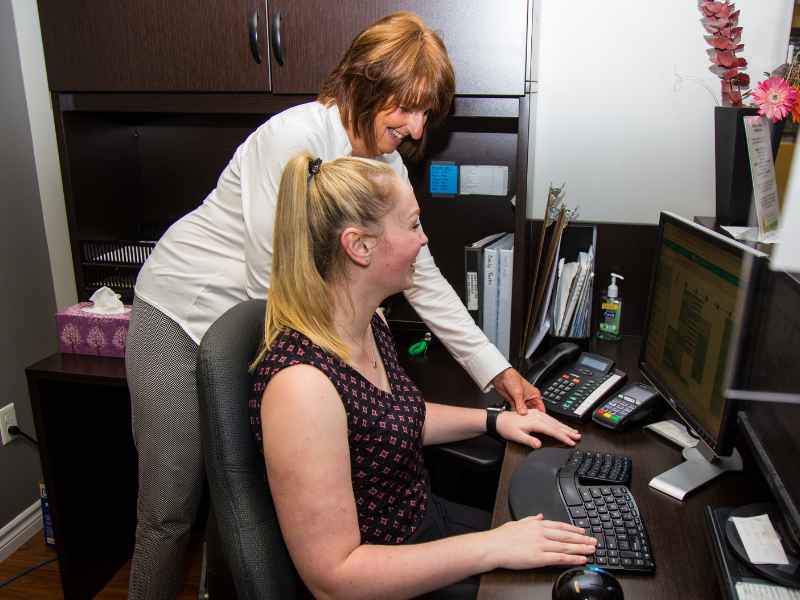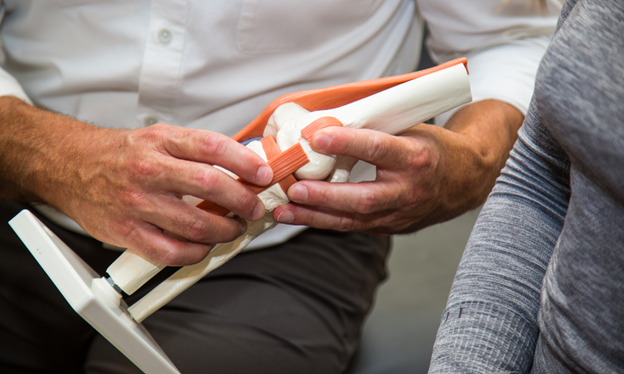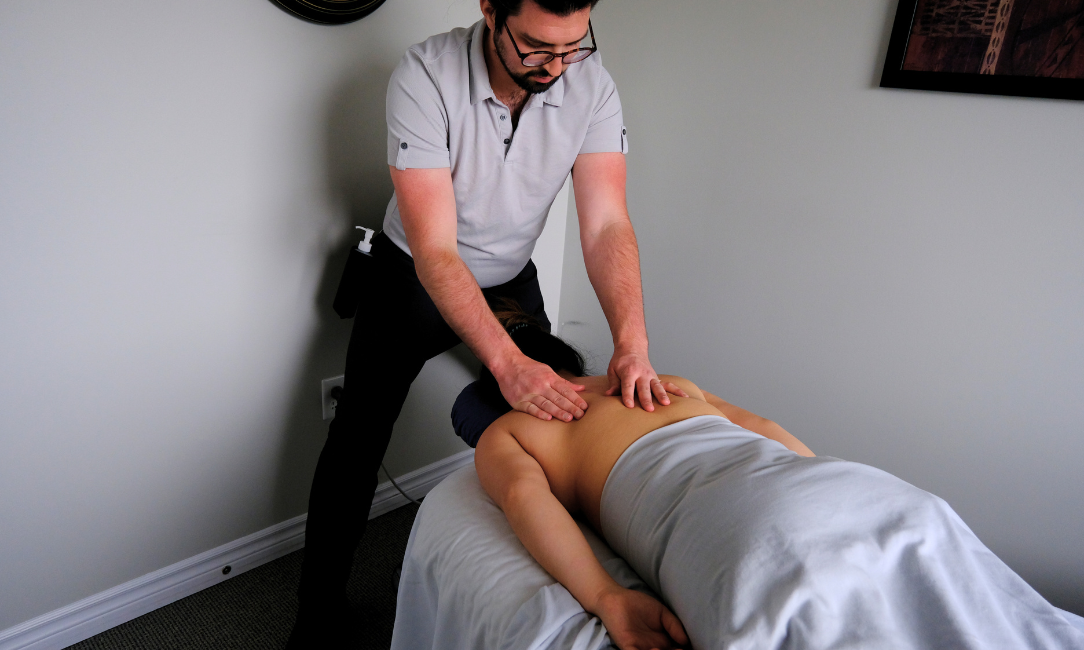Bursitis - Causes, Treatment & Prevention
Bursa are fluid filled sacs that provide a cushion between bone and tendons/ muscles. When these bursa get inflamed, it’s called bursitis. But what are the causes and how can we treat it? Let’s dive in!
What Are The Main Causes Of Bursitis?
The most common causes of bursitis are repetitive motions, or being in a position that puts pressure on your joints. Kneeling or resting on your elbows for long periods of time, lifting above your head or throwing something repetitively are common causes.
Occupations like painters, carpet layers, carpenters, gardeners, or cleaners may be at high risk for bursitis. Playing sports, shoveling, and raking may also lead to bursitis.
Bursa can also become infected and cause bursitis, or it can be caused by a sudden injury, or inflammatory condition such as rheumatoid arthritis or gout.
What Are The Most Common Locations Of Bursitis?
Although there are more than 150 bursae in our bodies, most commonly, bursitis will affect your shoulders, elbows, hips, knees or feet.
What Are The Main Symptoms Of Bursitis?
If you have bursitis, you will likely experience pain, feel achy and stiff. It will usually be tender if you push on it and it may look swollen and red.
Best Way To Treat Bursitis
Rest and stopping the repetitive motion is usually the first treatment for bursitis.
Physiotherapy can help by performing an assessment to determine why the bursitis occurred, and by using modalities that help decrease inflammation. They can also help address any muscle imbalances and injuries that may be contributing to your pain.
Massage therapy can help with bursitis by addressing muscle imbalances, postural concerns, helping to increase range of motion and reducing pain.
Will Bursitis Go Away On Its Own?
Yes, with rest and avoiding the aggravating activity, bursitis could go away on its own. However without addressing the underlying cause, you could develop chronic bursitis that is harder to treat.
Is Heat Or Cold Better For Bursitis?
Generally speaking, cold is better for inflammation, so using a cold pack will likely help with pain and swelling. Heat can help if you’re experiencing chronic bursitis.
Your physiotherapist or massage therapist can help determine what home care is best for your situation.
How Can I Prevent Bursitis?
While bursitis can’t always be prevented, avoiding repetitive motions, taking breaks while doing repetitive tasks like painting, shoveling, raking, etc. and using kneeling pads when kneeling for long periods can all help.
Regular exercise and warming up before activities can help protect your joints from injury.
In Pain? Give Us A Call
If you’re experiencing bursitis or another injury that’s keeping you from doing the things you love, give us a call at 902 856-8100 to get an assessment.


The Role of Physiotherapy, Massage Therapy, and Occupational Therapy After Joint Replacement Surgery
